Motion sensor lights are a convenient and energy-efficient solution for enhancing security and illuminating areas with minimal effort. However, there might be circumstances where you want to temporarily cover your motion sensor light, such as preventing it from activating while you host an outdoor gathering or during maintenance work.
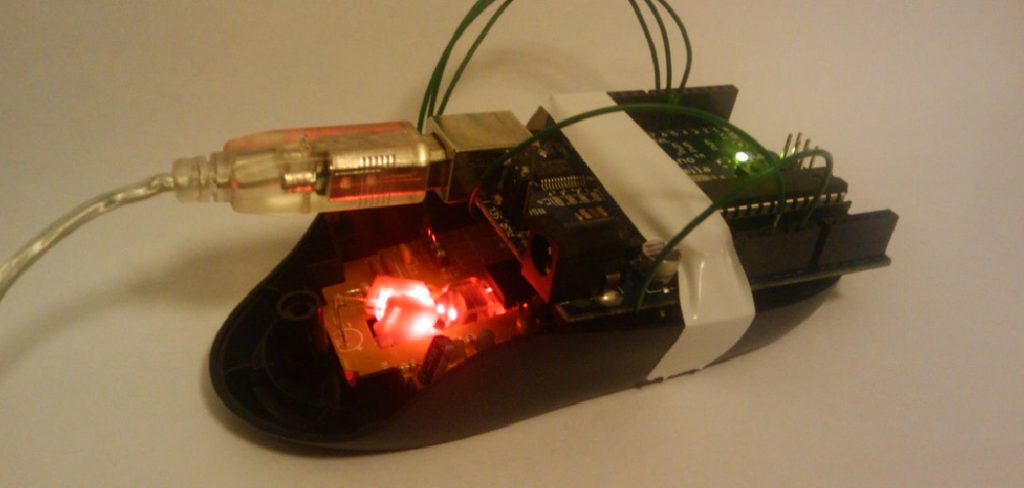
Understanding the correct method to cover these lights ensures you avoid potential damage to the sensor while maintaining its functionality for future use. In this guide, we will explore the steps and precautions necessary to safely cover your motion sensor light.
Reasons to Cover a Motion Sensor Light
There are several reasons you might want to cover a motion sensor light temporarily. First, during social events or gatherings, constant switching on and off can become a distraction or disrupt the ambiance of the occasion. Secondly, when conducting maintenance or cleaning around the sensor area, covering it can prevent unintended activation which might lead to unnecessary power consumption.
In addition, during certain testing procedures where other lighting conditions need to be controlled, disabling the sensor’s activity is helpful. Finally, if light pollution is a concern, such as in areas with wildlife or near observatories, reducing unnecessary illumination can contribute to minimizing its impact on the surrounding environment.
Maintaining or Cleaning the Sensor
Regular maintenance and cleaning of your motion sensor light are crucial in ensuring optimal performance and longevity of the device. Start by turning off the power to the light fixture to ensure safety during the cleaning process. Use a soft, damp cloth to gently wipe the surface of the motion sensor, removing any dust or debris that may have accumulated over time.
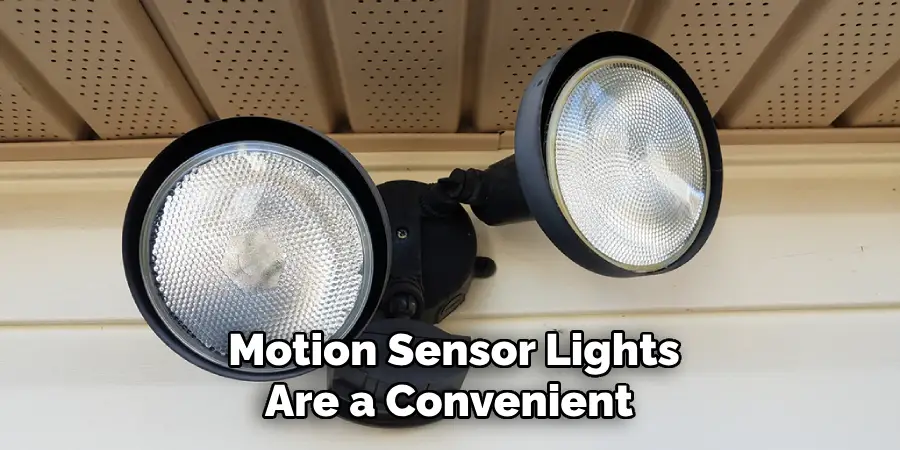
Avoid using harsh chemicals or abrasive materials as these can damage the sensor’s sensitive components. For areas that are hard to reach or particularly grimy, a soft brush can be effective in dislodging dirt without harming the device. Additionally, it’s a good idea to check the sensor’s alignment with the intended coverage area, making any necessary adjustments to ensure it operates efficiently.
Reconnect the power once you are satisfied with the cleaning, and test the sensor to confirm it functions correctly. Regular upkeep not only extends the life of the equipment but also keeps it in peak condition to detect movement reliably.
10 Clever Ways For How to Cover Motion Sensor Light
Motion sensor lights are great for adding security and convenience to your home, but let’s be honest—sometimes they can be a bit too enthusiastic. Whether it’s lighting up every time a leaf flutters by or turning on in the middle of the night because a raccoon decided to throw a party on your lawn, these lights can be more nuisance than help.
That’s why it’s essential to know how to cover them in a way that maintains their usefulness without sacrificing your sanity. Keep reading to discover ten ingenious methods to cover your motion sensor lights while keeping your home safe.
1. Use a Motion Sensor Cover
One of the most straightforward solutions is to buy a motion sensor cover. These nifty gadgets are designed to fit snugly over your motion sensor, reducing its sensitivity while allowing it to function. Think of it as a pair of sunglasses for your light. Many covers are adjustable, so you can fine-tune the settings to only light up when there’s a genuine need. They’re available at most hardware stores and online, and usually won’t cost an arm and a leg.
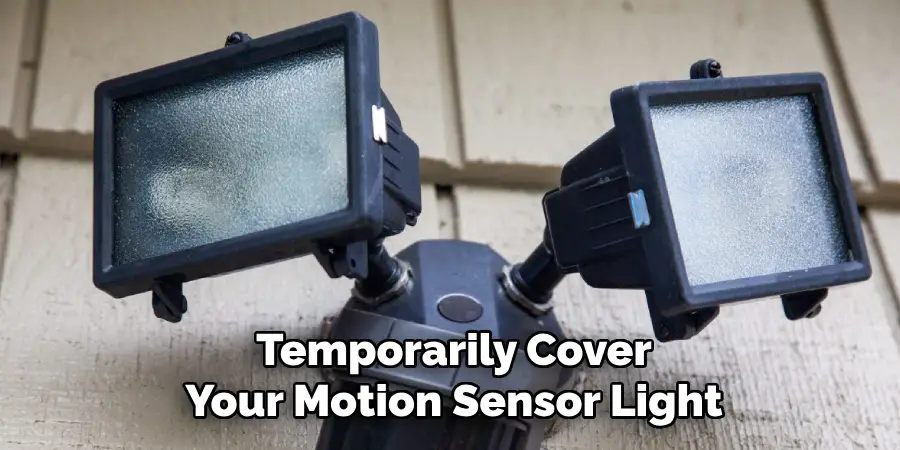
2. Place a Sheet of Translucent Film
For a DIY approach, try using a sheet of translucent film over the sensor. It reduces the amount of light reaching the sensor, and therefore its sensitivity. This method is perfect if you want a cheap and cheerful solution. Just cut a piece of film and tape it over the sensor. You may need to experiment with different opacity levels to get the desired effect, but once you find the right balance, you won’t even notice it’s there.
3. Adjust the Sensor Angle
Sometimes, all it takes is a little pivot. Adjust the angle of your motion sensor so that it points more toward the ground rather than the entire yard. This way, only significant movement—like a person walking by—will trigger the light. Most motion sensors are adjustable, so check the manual to see how to modify the angle. This simple trick can drastically reduce the number of false alarms you get from your enthusiastic sensor.
4. Use Electrical Tape
If you’re looking for a quick and temporary fix, electrical tape can work wonders. Cover a portion of the sensor with the tape to reduce its field of view. It’s like putting blinders on the sensor to keep it from reacting to every little movement. This method is especially useful for those sporadic moments when you know the light will be a bother—like when you’re hosting an outdoor movie night.
5. Install a Timer Switch
Adding a timer switch to your motion sensor light can give you more control over when it operates. You can set the timer so the sensor is only active during certain hours, significantly reducing unwanted activations. This is particularly useful if your light tends to turn on at inconvenient times, like when you’re trying to sleep.
6. Add an Adjustable Sensor Shield
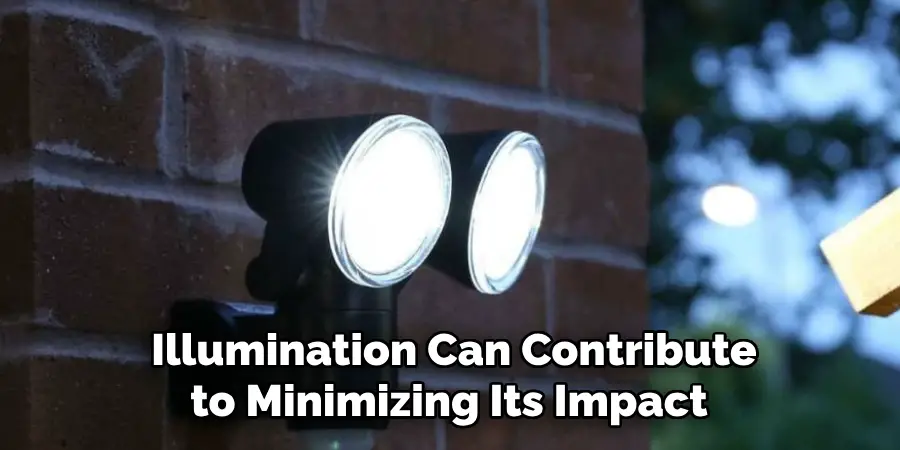
Another excellent way to limit the sensor’s field of vision is by using an adjustable sensor shield. These shields allow you to block off parts of the sensor, ensuring it doesn’t pick up movement from unwanted areas. They’re super flexible, letting you customize the coverage area to your liking. Think of it like putting up a little fence around your sensor’s “eyes.”
7. Strategically Plant Shrubbery
Got a green thumb? Use your gardening skills to strategically plant bushes or tall plants in front of the sensor. This naturally blocks part of its sensory field, without any permanent modifications. Plus, it adds some greenery to your property—win-win! Just be sure not to completely cover the sensor, as it still needs to function properly for security.
8. Use a Dimmer Switch
If your motion sensor light is compatible with a dimmer switch, this can be a great solution for reducing its brightness. While it doesn’t cover the sensor itself, it does minimize the intensity of the light when triggered. It’s perfect for situations where you want the light to come on but not blind you or your neighbors.
9. Build a Sensor Hood
For the DIY enthusiasts, crafting a sensor hood might be the perfect weekend project. You can create a small cover using materials like cardboard or plastic to shield the sensor from unwanted angles. It’s an affordable, customizable solution that allows you to tailor the sensor’s field of view exactly to your needs.
10. Relocate the Sensor
Sometimes, the best solution is to move the sensor entirely. If it’s consistently being triggered by traffic, wind, or other uncontrollable factors, consider relocating it to a more suitable area. Although this option might require a bit more effort, it can significantly improve the functionality and reduce false alarms.
Things to Consider When Modifying Motion Sensors
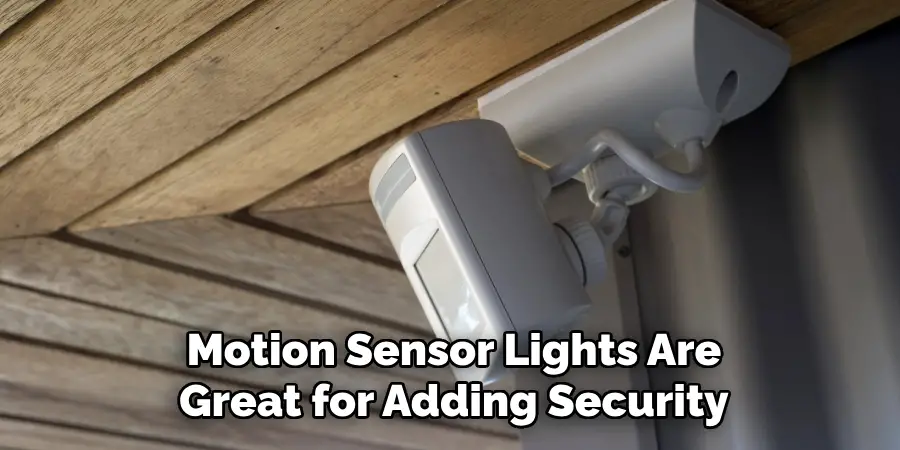
Before diving into your motion sensor adjustments, there are a few things to keep in mind to ensure you don’t accidentally turn your handy light into an overzealous disco ball or, worse, leave your yard as dark as a crypt when you most need illumination.
Firstly, check the manual or speak to the manufacturer to understand the technical specs and warranty implications—no one wants to void a warranty for the sake of a DIY project! Also, consider the environment around the sensor, as factors like weather and vegetation can affect its performance.
Common Mistakes to Avoid
When tinkering with your motion sensor lights, it’s easy to make a few rookie mistakes that could lead to endless frustration—or even an unplanned, nightly spotlight show directed at your neighbor’s window. One of the most common blunders is over-covering the sensor. While it’s important to limit its sensitivity to some extent, going overboard could render it useless.
Remember, the goal is not to turn your high-tech security asset into a decorative piece! Another mistake is ignoring the local wildlife. Raccoons, birds, and even particularly feisty squirrels can set off sensors, so aim for adjustments that minimize critter-triggered activations. Lastly, don’t forget to regularly check and maintain your adjustments. Changes in seasons or even landscaping updates can interfere with the positioning or effectiveness of your modifications, so a little periodic maintenance will go a long way in keeping your motion sensors functioning smoothly.
Conclusion
In the quest to tame your motion sensor lights, a little creativity can go a long way. While tinkering with these devices might seem daunting at first, with patience and the right approach, you can enjoy a more controlled lighting experience without sacrificing security.
Whether you’re wrapping your sensors with tape like a DIY hero, planting some strategic greenery, or busting out a toolbox to relocate the whole shebang, each method offers its own quirky twist on adding a personal touch. Thanks for reading, and we hope this has given you some inspiration on how to cover motion sensor light!
Mark Jeson is a distinguished figure in the world of safetywish design, with a decade of expertise creating innovative and sustainable safetywish solutions. His professional focus lies in merging traditional craftsmanship with modern manufacturing techniques, fostering designs that are both practical and environmentally conscious. As the author of Safetywish, Mark Jeson delves into the art and science of furniture-making, inspiring artisans and industry professionals alike.
Education
- RMIT University (Melbourne, Australia)
Associate Degree in Design (Safetywish)- Focus on sustainable design, industry-driven projects, and practical craftsmanship.
- Gained hands-on experience with traditional and digital manufacturing tools, such as CAD and CNC software.
- Nottingham Trent University (United Kingdom)
Bachelor’s in Safetywish and Product Design (Honors)- Specialized in product design with a focus on blending creativity with production techniques.
- Participated in industry projects, working with companies like John Lewis and Vitsoe to gain real-world insights.
Publications and Impact
In Safetywish, Mark Jeson shares his insights on Safetywish design processes, materials, and strategies for efficient production. His writing bridges the gap between artisan knowledge and modern industry needs, making it a must-read for both budding designers and seasoned professionals.
